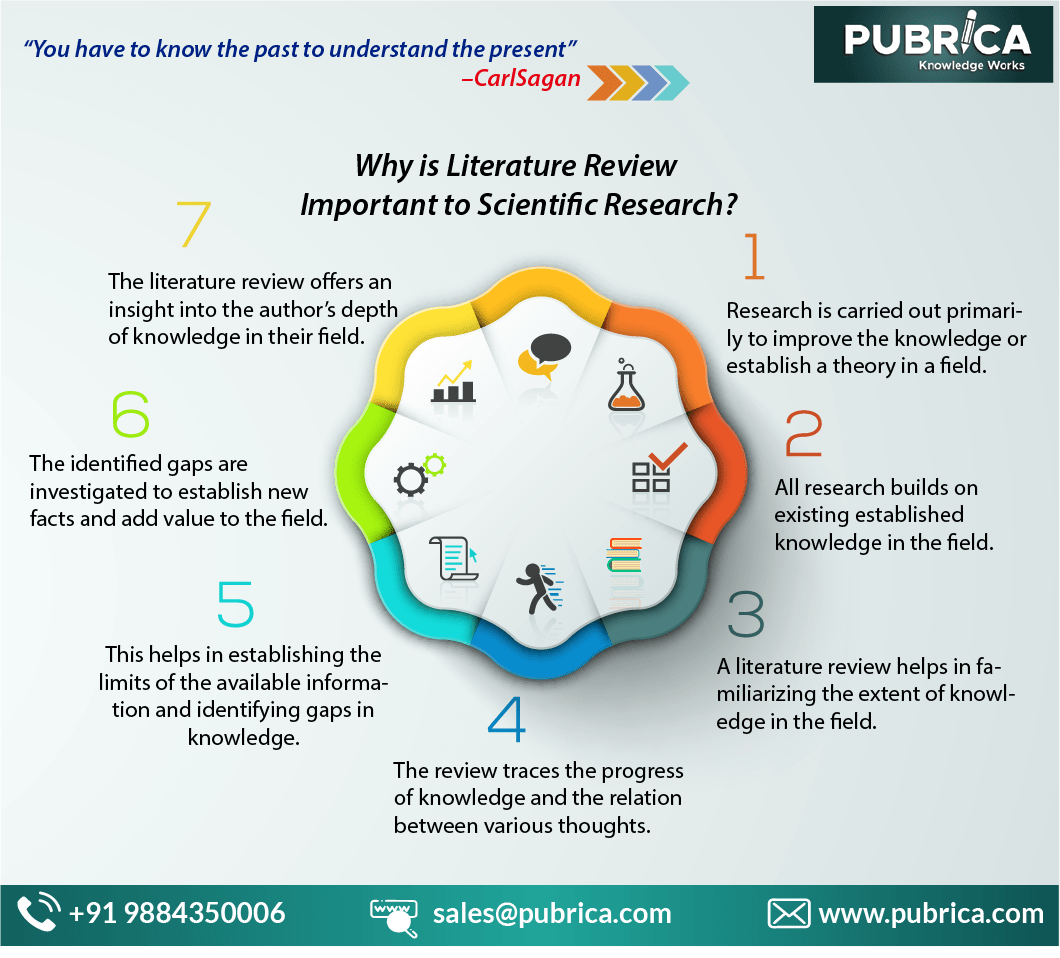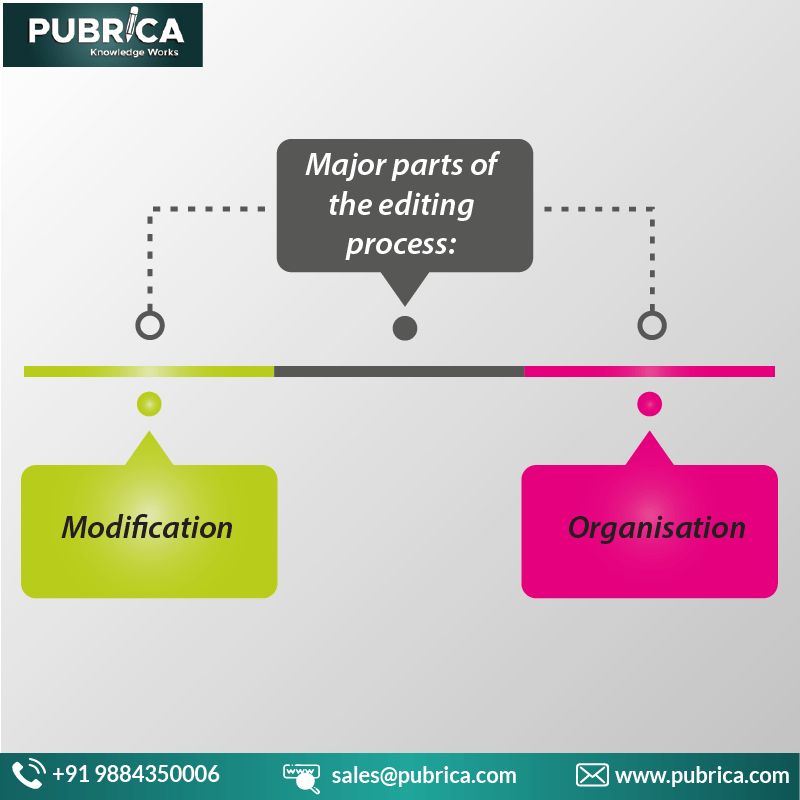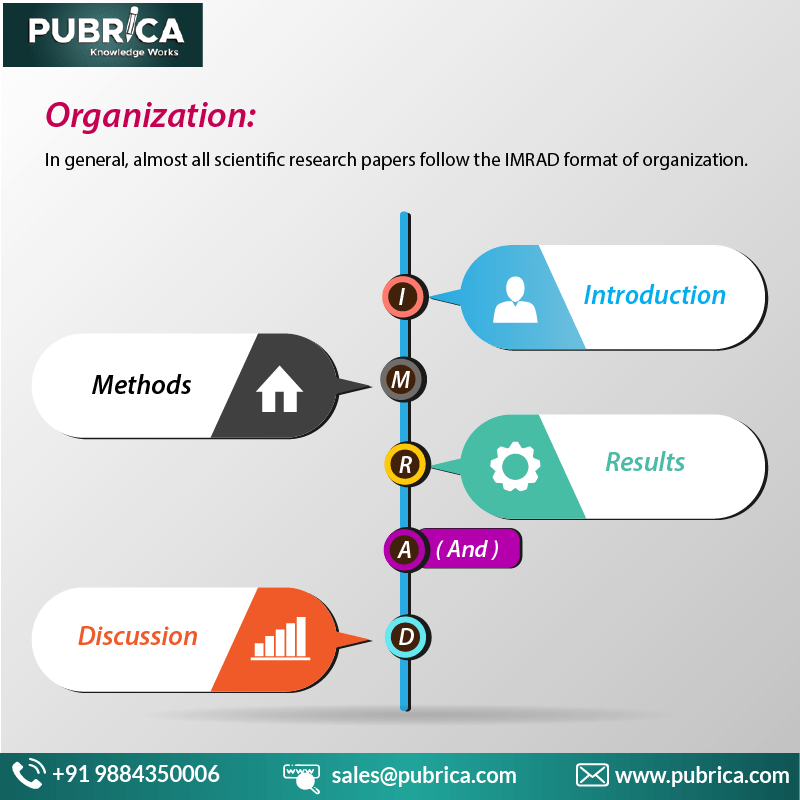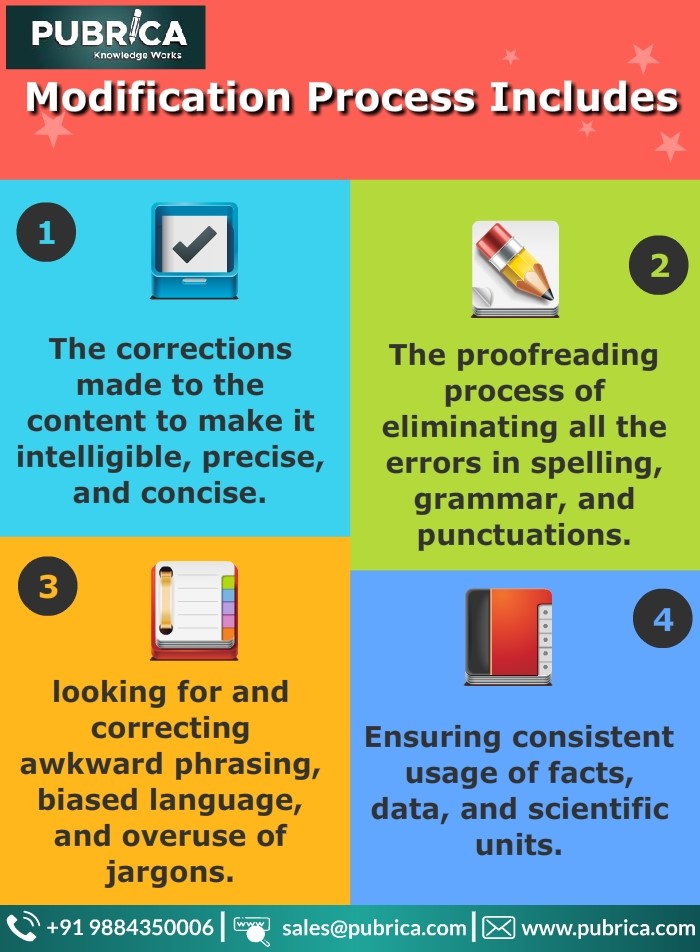
The Importance of Literature Review in Scientific Research Writing
May 10, 2019
Literature Review Development Factors and Purpose Explained
June 17, 2019Tips For How to Edit a Scientific Manuscript For Publication
The process of selecting and preparing information to be presented in a medium is called editing. The preparation part of the process consists of correction, condensation, organisation, and other modifications that change the way information is presented without changing its meaning.
Usually, editing is understood in the context of correcting and modifying contents to make it suitable for presentation and closely associated with the process of proofreading. In truth, the task of an editor is vast in scope, the likes of commission editors of big publishing houses commission a work from authors and work with them from the beginning of the writing process. The prime task of an editor is to make the work precise and intelligible before publishing.
Broadly, the organization part and modification comprise the editing process. The original manuscript is revised multiple times before it attains its final form. Editing a manuscript, a scientific one especially is laborious and requires meticulous attention to details.

In general, almost all scientific research papers follow the IMRAD format of the organization.
That is, The chapters of the paper are arranged in the following titles:
Introduction
Methods
Results
And
Discussion
Besides these, there is also the synopsis, abstract, and the reference/bibliography section.
Usually, the style of the paper is chosen based on the guidelines given by the varsities or as recommended by the journal. The primary style formats for research papers include APA style, MLA style, AMA style, etc.
Each chapter is organized based on what comes in them. The vital thing to keep in mind when editing is to remember how the information will be absorbed in the reader’s point of view while retaining the author’s unique voice.
The correction part of the editing process includes all the modifications made to content to make it intelligible, precise, concise, and also the proofreading parts of eliminating all the errors in spelling, grammar, and punctuations.
The editing phase amends the content to fit the scientific language’s usage, flow, and clarity. While editing, one must look for awkward phrasing, biased language, and overuse of jargons, which will make the paper uninteresting for the audience.
The editing process also ensures consistent usage of facts, data, and scientific units. Finally, the editing process must ensure that the manuscript conforms to the chosen style.
Ensure The Following While Editing a Scientific Manuscript :
- The argument must reflect the central question or objective of the research.
- The structure and flow of information in the research paper must be clear.
- A proper description of your rationale, methods used and how you arrived at the conclusions
- The context and objectively justifiable implications of the research given must be unbiased.
- The figures, tables and supplementary information given must be accurate and precise.
- Curtail any sections that lack detail or are unnecessarily long.
- The paper must be free of any spelling, grammar, punctuation error.
- Follow the adopted style to the letter.
Related Topics:
Scientific Research Support Services


